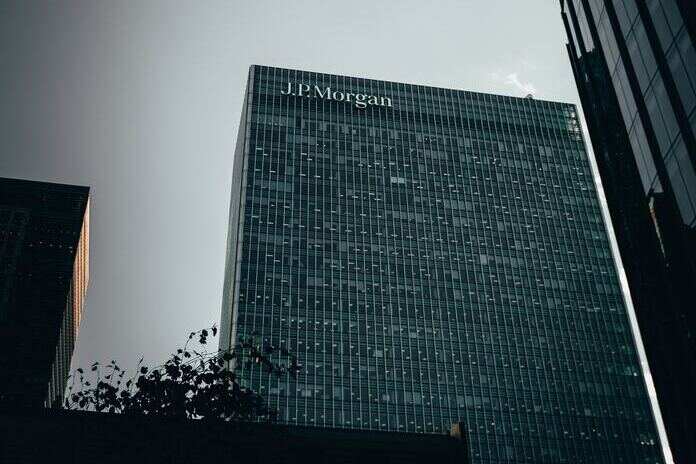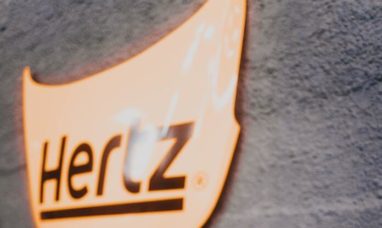The largest bank in the United States has grown into an even larger financial monster. Yes, we are referring to JPMorgan’s (NYSE:JPM). JPMorgan has acquired the failed First Republic Bank (NYSE:FRC). By paying $10.6 billion, the bank acquired the majority of First Republic’s $228 billion in assets (adding to its massive $3.7 trillion asset balance) and assumed $92 billion in deposits.
The Federal Deposit Insurance Corporation (FDIC) seized the San Francisco-based lender early Monday morning, after nearly two months of efforts to revive the floundering firm. The nation’s largest banks, including JPMorgan, attempted to save the corporation by injecting $30 billion in deposits (in total) to restore investor trust in the banking system.
This followed the failure of two other major banks, Signature Bank and Silicon Valley Bank, in March, causing the latest banking industry instability amid fears of a contagion effect on regional banks in the United States. The FDIC seized both Signature Bank and Silicon Valley Bank before selling them to New York Community Bancorp, Inc. (NYSE:NYCB) and First Citizens BancShares, Inc. (NASDAQ:FCNCA).
NYCB bought $38 billion in assets and absorbed $36 billion in liabilities from Signature Bank through its bank subsidiary, Flagstar Bank, but did not acquire any digital asset banking, crypto-related assets, or the fund banking business. FCNCA assumed $110 billion in assets, $56 billion in deposits, and $72 billion in loans from Silicon Valley Bank.
To better grasp the gravity of the current issue, consider that FRC was the 14th largest bank in the country as of the end of 2022. Following the revelation of $100 billion in deposit flight in the first quarter of 2023, the bank’s demise, the second-largest bank failure in history, appeared imminent. Investors lost faith in the stock, resulting in an almost 98% drop in its share price this year as of April 28.
Now, let’s go over the specifics of the transaction and try to figure out what JPMorgan stands to gain.
Transaction Specifics
JPM purchased around $173 billion in loans and $30 billion in securities as part of the transaction. The deposits number indicated above includes $30 billion in “large bank deposits,” which the business intends to refund or remove following the consolidation.
The corporation did not buy any of the corporate debt or preferred shares of the First Republic.
The FDIC will also provide loss share agreements for acquired single-family residential mortgage loans (80% loss coverage for seven years) and commercial loans (80% loss coverage for five years). The FDIC will also provide JPMorgan with a fresh $50 billion five-year fixed-rate term loan.
FRC’s 84 banking outlets in eight states reopened as JPMorgan branches on Monday.
The Transaction Will Be Somewhat EPS Enhancing
JPMorgan anticipates that the purchase will earn more than $500 million in “incremental net income” per year. This does not include a one-time post-tax gain of almost $2.6 billion to be recognized at closure, as well as approximately $2 billion in post-tax restructuring expenses expected this year and in 2024.
JPM anticipates remaining “well capitalized” and maintaining “healthy liquidity buffers.” Furthermore, its CET1 ratio is expected to be 13.5% in the first quarter of 2024.
Apart from that, the transaction will result in higher penetration among high-net-worth clients. It also includes prominent locations in affluent markets.
“This acquisition modestly benefits our company overall,” said Jamie Dimon, Chairman and CEO of JPMorgan. “It is accretive to shareholders, it helps further advance our wealth strategy, and it is complementary to our existing franchise.”
However, such aided transactions do not come without risks. JPMorgan’s management understands this after acquiring Washington Mutual and Bear Stearns during the 2008 financial crisis. Similarly, the corporation is currently facing a slew of hazards, including probable legal challenges and ensuing charges, as well as personnel exodus.
Nonetheless, JPMorgan’s stock rose 2.1% yesterday in a vote of confidence.
Final Thoughts
Over the last two years, JPMorgan has made several on-the-spot acquisitions that have bolstered its fee income base and increased market share across a variety of products and services. The corporation was not authorized to purchase additional banks since doing so would cause its deposit amount to reach 10% of US bank deposits, which is not permitted.
Despite this, JPM won the bid to acquire First Republic, which included several other major industry players. The current transaction is a once-in-a-lifetime chance to strengthen “the U.S. financial system through its significant strength and execution capabilities.”
The banking instability that began two months ago and resulted in deposit runs across the industry appears to have been tamed for the time being. Dimon stated during the conference call following the announcement of the sale that “this part of the crisis is over.”
However, the industry is not expected to sail smoothly. Higher interest rates and the possibility of a recession/severe economic slowdown are just two of the significant challenges that the banking industry will confront in the coming months.
JPMorgan stock has risen 11% in the last six months, compared to a 7.5% fall in the industry it belongs to.
Featured Image: Unsplash @ IKECHUKWU JULIUS UGWU









